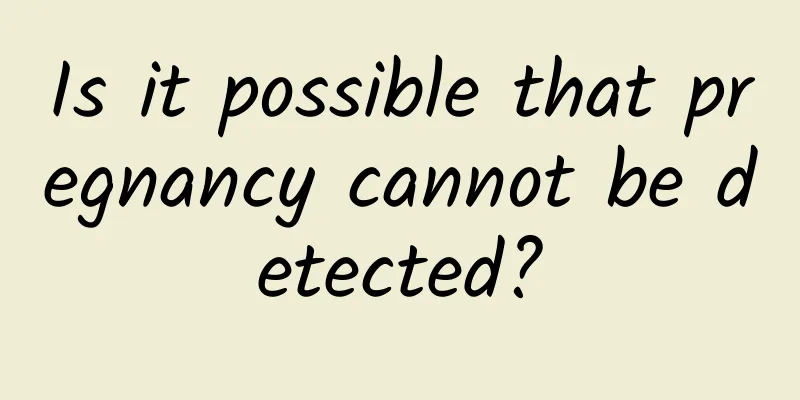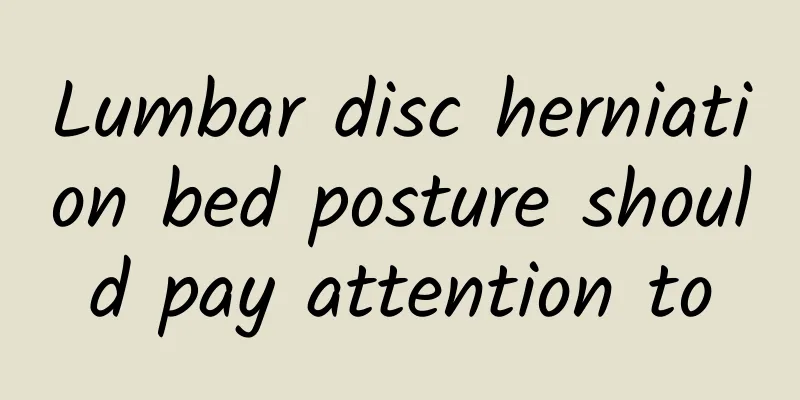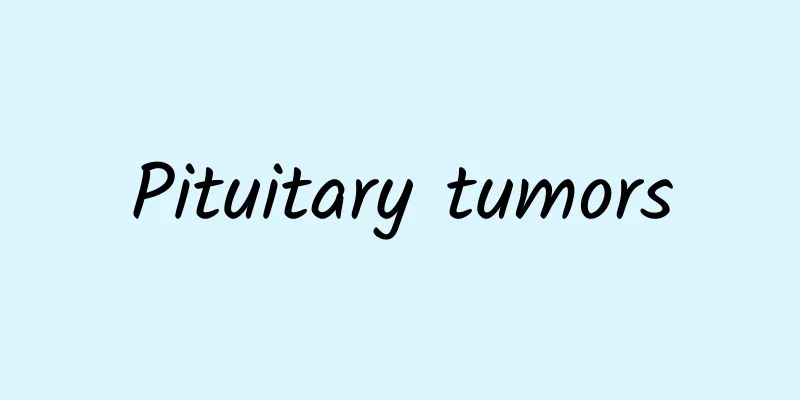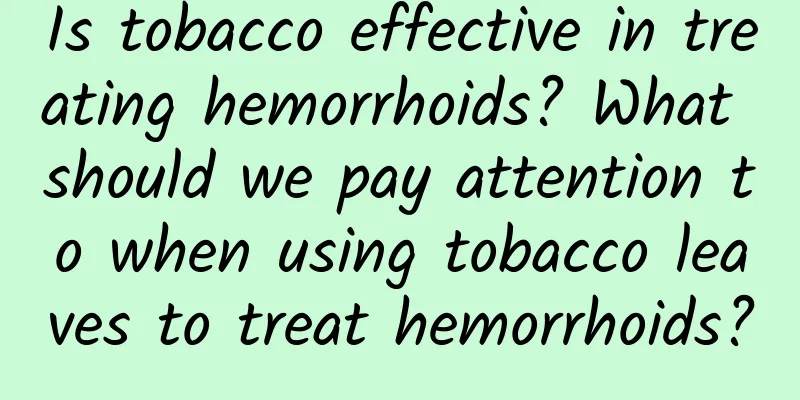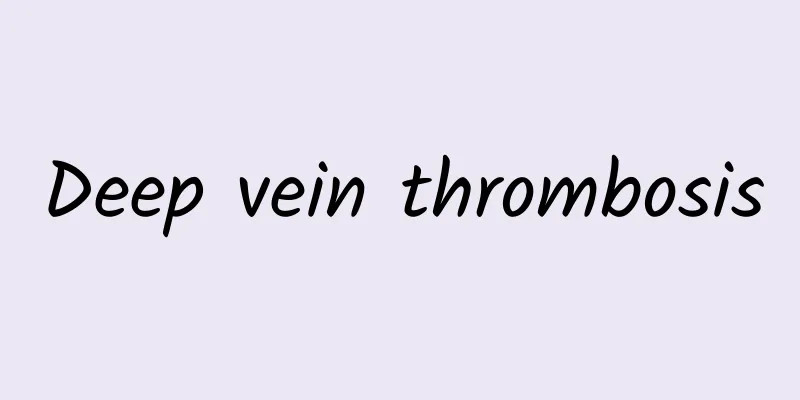Symptoms of hysteria
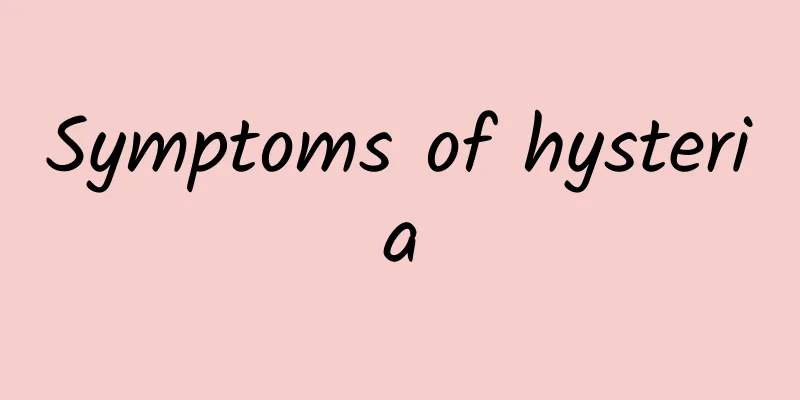
|
Diseases are very common in life, and drugs are the best choice for disease treatment. Such treatment methods are very helpful in improving the patient's condition. However, depending on the patient's disease, the choice of drugs is also different. Therefore, before treating the disease, it is necessary to understand the patient's symptoms and causes so that you can know how to treat it. What are the symptoms of hysteria? There are many symptoms of hysteria, but patients should not worry too much after the disease occurs. There are also good treatments for this disease, but when treating hysteria, it must be done in a timely manner. Symptoms of hysteria: Main manifestations of dissociative symptoms (1) Dissociative amnesia: A sudden inability to recall important personal experiences. The amnesia is extensive and generally revolves around the traumatic event. The amnesia cannot be explained by physiological consequences of substance use, neurologic disorders, or other medical problems. The fixed core content can never be recalled in the waking state. (2) Dissociative wandering: accompanied by loss of individual identity, manifested as sudden, unplanned travel. Dissociative fugue occurs in response to traumatic or overwhelming life events. Emotional outbursts: quite common. It manifests itself as emotional venting, crying, laughing, making noise, and exaggerating one's own situation. During an attack, the range of consciousness may be narrow. Impulsive behavior of destroying property, hurting others, self-harming and suicidal behavior. (3) Emotional outbursts: very common. It manifests itself as emotional venting, crying, laughing, making noise, and exaggerating one's own situation. During an attack, the range of consciousness may be narrow. Impulsive behavior of destroying property, hurting others, self-harming and suicidal behavior. (4) Pseudo-dementia: Gives people a stupid and childish feeling. (5) Dual and multiple personality: manifested as sudden changes in identity. A typical example is what people call "ghost possession". (6) Psychotic state: Psychotic symptoms may occur during the onset of the disease. The main difference from schizophrenia is that the content of hallucinations and delusions is less fixed, more variable, and very suggestible. (7) Dissociative stupor: After mental trauma or triggered by traumatic experiences, the patient develops a deeper disturbance of consciousness and maintains a fixed posture for a considerable period of time, either lying on the back or sitting, without speech or voluntary movements, and without response to light, sound, or pain stimuli. At this time, the patient may have no obvious abnormalities in muscle tone, posture, or breathing. Main manifestations of conversion symptoms (1) Movement disorders: may manifest as decreased, increased, or abnormal movements. Paralysis: May present as monoplegia, paraplegia or hemiplegia, with no evidence of neurological damage found on examination; limb tremors, tics and myoclonus; inability to stand or walk; mutism and aphonia. (2) Spasmodic disorder: It often occurs suddenly when the patient is emotionally excited or under suggestion. The patient slowly falls to the ground or lies in bed, does not respond to calls, has a stiff body, tremors of limbs, etc., and has no incontinence. Most cases last for dozens of minutes. (3) Major convulsion: There is often an obvious psychological trigger before the attack. The convulsion is irregular, without rigidity and clonic phases. The wrist and metacarpophalangeal joints are often flexed, the interphalangeal joints are extended, the thumb is adducted, the lower limbs are extended or the whole body is stiff. The breathing is accelerated paroxysmically, the face is slightly flushed, there is no urinary incontinence, no tongue biting, and the pupil size is normal during the attack. The corneal reflex exists and is even sensitive. Although the consciousness seems unclear, the convulsion can be stopped by suggestion. The limbs do not relax in the late stage of the attack. Generally, the attack can last for several minutes or hours. (4) Various peculiar muscle tension disorders, muscle weakness, and chorea-like movements, but no organic changes can be confirmed. (5) Hearing impairment: It is often manifested as sudden hearing loss, normal electrical audiometry and auditory evoked potential tests, aphonia, aphasia, but no vocal cords, paralysis of the tongue and laryngeal muscles, normal pronunciation when coughing, and the ability to whisper. (6) Visual impairment: It may manifest as amblyopia, blindness, tunnel vision, concentric visual field constriction, and monocular diplopia. It often occurs suddenly, but may also suddenly return to normal after treatment. (7) Sensory impairment: It may manifest as loss of body sensation, allergy or abnormality, or special sensory impairment. The range of sensory loss is inconsistent with the nerve distribution; hyperesthesia is manifested as localized skin oversensitivity to touch. Special manifestations of hysteria 1. Epidemic hysteria is a collective outbreak of hysteria, which often occurs in a group of people who live together and have basically similar experiences and ideas. At first, there was one person who fell ill, and the people around him who witnessed it were affected, and through suggestion, the disease broke out in a short period of time. 2. Compensatory neurosis In work-related injuries, traffic accidents or medical disputes, victims sometimes deliberately display, retain or exaggerate symptoms, and if not handled properly, these symptoms can often persist for a long time. Some people believe that this is a special form of hysteria. 3. Occupational neurosis is a type of movement coordination disorder that is closely related to occupational activities, such as a dancer's inability to move his lower limbs during a performance, or a teacher's loss of voice when walking up to the podium. Hysterical psychosis The disease suddenly develops after mental stimulation, and its main manifestations are confusion, fugue, childish and disordered behavior, and recurring fantasy life plots, with possible fragmentary hallucinations and delusions. Lack of self-awareness and indifference to illness. The disease usually starts and ends suddenly and can last for several weeks with brief intervals in between. There are no sequelae after remission, but it may recur. The above is a detailed introduction to the symptoms of hysteria. After suffering from hysteria, patients can receive treatment according to their own conditions, which will be of great help to the improvement of the disease. In addition, when treating hysteria, you should also pay attention to your own diet. Hysterical patients should reduce their choice of foods that are difficult to digest. |
<<: How to treat seborrheic dermatitis
Recommend
How to soak your feet to get rid of uterine cold
Uterine cold is not a disease, but a syndrome in ...
Breast fibroids grade 4
If most diseases can be detected in the early sta...
Possible causes of right abdominal pain
Our body is like a huge machine that runs with pr...
Can Panax notoginseng and wolfberry be eaten together?
Nowadays, for the sake of their health, people of...
Treatment of skin ulcers
When the skin ulcers, it is usually caused by not...
How to relieve baby's hoarse voice
The hoarseness of the baby's voice is usually...
Pregnant women dehumidification soup, choose these three dehumidification effects
In daily life, anyone may have dampness in the bo...
What to do if your newborn's tears turn yellow
If parents find that their newborn's tears ar...
Can diabetics eat cherries?
Diabetes is a metabolic disease characterized by ...
How to treat dry stool with grains in it with traditional Chinese medicine
The stool is very dry and grainy, which means tha...
How to cure bronchial cough quickly
Bronchitis is a relatively common respiratory dis...
What causes bacterial vaginitis?
Bacterial vaginitis must be treated in time. The ...
What are the reasons for high transaminase? These are the most common reasons
Transaminase is an indispensable substance for ou...
How to treat athlete's foot with Chinese medicine foot bath
Athlete's foot is a very annoying and embarra...
Is breast tenderness related to pregnancy?
A common problem faced by female friends is breas...
